Foam: How Can You Get It Fast?
Firefighting foam has many uses and is a necessary tool to carry on the engine. There are many types of foam and their uses abound. This article is not intended to be a tutorial on foam; we will save that for the future. Instead we will focus on one of the situations that I find we call on foam use the most, vehicle fires.
While many of today’s engines are getting manufactured with on board foam systems some departments still rely on the traditional method of using the educator attached to a discharge and putting it into the five gallon bucket of foam.
Whichever method your particular department uses is fine, however sometimes you may find you just need to use a bit of foam for fire attack or you might not want to go through the trouble of using your on-board foam system or getting the buckets of foam and inductor out and assembling for use; so what do you do?
A Fast And Easy “Solution”
Let’s set up a quick scenario.
You roll up on a fully involved auto on a busy highway in your district. You as the officer complete your size up and order your crew to stretch an inch and three-quarter line to begin fire attack.
You and your crew put your face pieces on (you do wear your mask on vehicle fires don’t you?) and you order the nozzle man to open up on the fire. Your nozzle man employs all the best practices we use today for vehicle fires and is not achieving knockdown of the fire. You as the officer determine you have a fuel leak from the vehicle and to conserve tank water you order the nozzle man to shut down as you regroup and go with another game plan.
This is the pivot point of the operation.
You can either call your pump operator and say give me foam from your onboard system assuming you have foam already in the tank or you must take the time to have your crew break the line from the discharge, place your eductor inline, get out a bucket or two of foam, place the educator in, check that your percentage is set to where you want it and then operate again.
Meanwhile you have lost any knock down of the fire that you did achieve and this vehicle is once again sitting on the highway ripping. Traffic is backed up for miles and not to mention you already used a quarter tank of water.
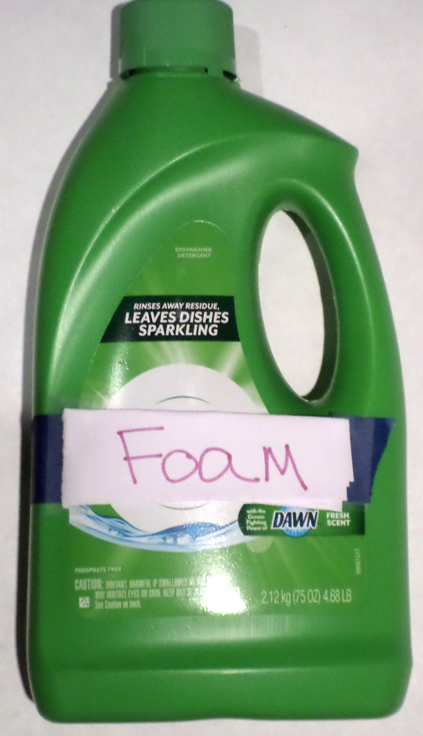 One trick I have found very useful in situations such as this is to keep an old dish-washing detergent bottle full of foam concentrate on the apparatus. You can grab it quickly as you exit the cab. If foam is needed simply uncap it, turn it upside down, and squirt the concentrate from the bottle into the stream as the nozzle man operates. The stream carries the foam to the fire. The water/foam combination can be banked either off the street in front of the burning fuel or directed off the vehicle itself.
One trick I have found very useful in situations such as this is to keep an old dish-washing detergent bottle full of foam concentrate on the apparatus. You can grab it quickly as you exit the cab. If foam is needed simply uncap it, turn it upside down, and squirt the concentrate from the bottle into the stream as the nozzle man operates. The stream carries the foam to the fire. The water/foam combination can be banked either off the street in front of the burning fuel or directed off the vehicle itself.
While it does take some practice to master this technique, the first time to try it should not be at an actual fire. Train with your crew and see how it works for you. It isn’t an exact science but I believe you will find it works well for situations such as this.
The next time you use those final few drops of detergent in your dishwasher, put the bottle to good use. Fill it with foam give it a try. You will look like a rock star the next time you need foam fast.
Cover and Feature Photo Courtesy:
John Backstrand, https://www.flickr.com/photos/sopues/2648306909/
July 8, 2008, Vasteras, Vastmanland, Sweden
Creative Commons license: https://www.flickr.com/photos/sopues/2648306909/

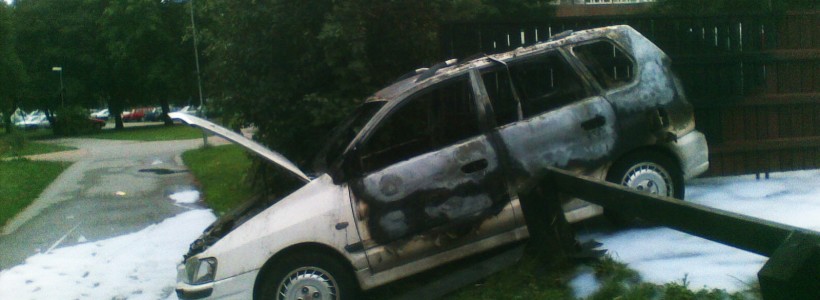
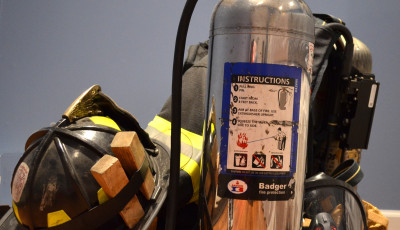
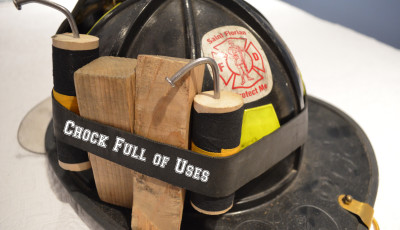

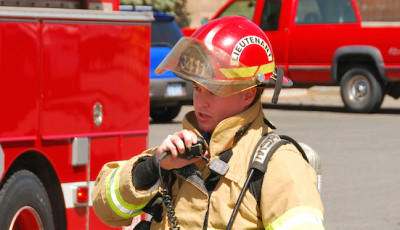
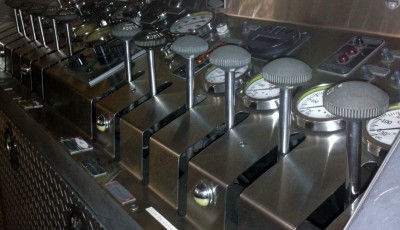




As you stated the first time you do this should not be on a real incident. Well a great way to procure your empty dishwashing liquid bottle is to use a full bottle to practice this evolution. The results should be quite impressive especially if you can figure out which brand has the best sudsing (foaming) properties.Many moons ago I used about 2 quarts of dish liquid to a 5 gallon pail mixed with water to make 5 gallons of fake foam for training purposes It worked well enough to train FF’s in foam application. Also there are no environmental issues as the run off would be equal to gray water discharge from a residence.
Thanks for taking to comment John, you bring up some great points. I have also added a little dish soap to my water can. That works great as well. Would love to hear any additional tips you might have.
Were you iusibg AFFD Fin the dish washing bottle? I can see this technique being affective with AFFF (aqueous film-firming foam) concentrate as it is liquid. What about AR-AFFF ( alcohol resistive- aqueous film-forming foam)? This concentrate is more viscous then standard AFFF. It’s almost like a gel. It will be much harder to get the concentrate into that bottle and also to squeeze it out once it’s coagulated.